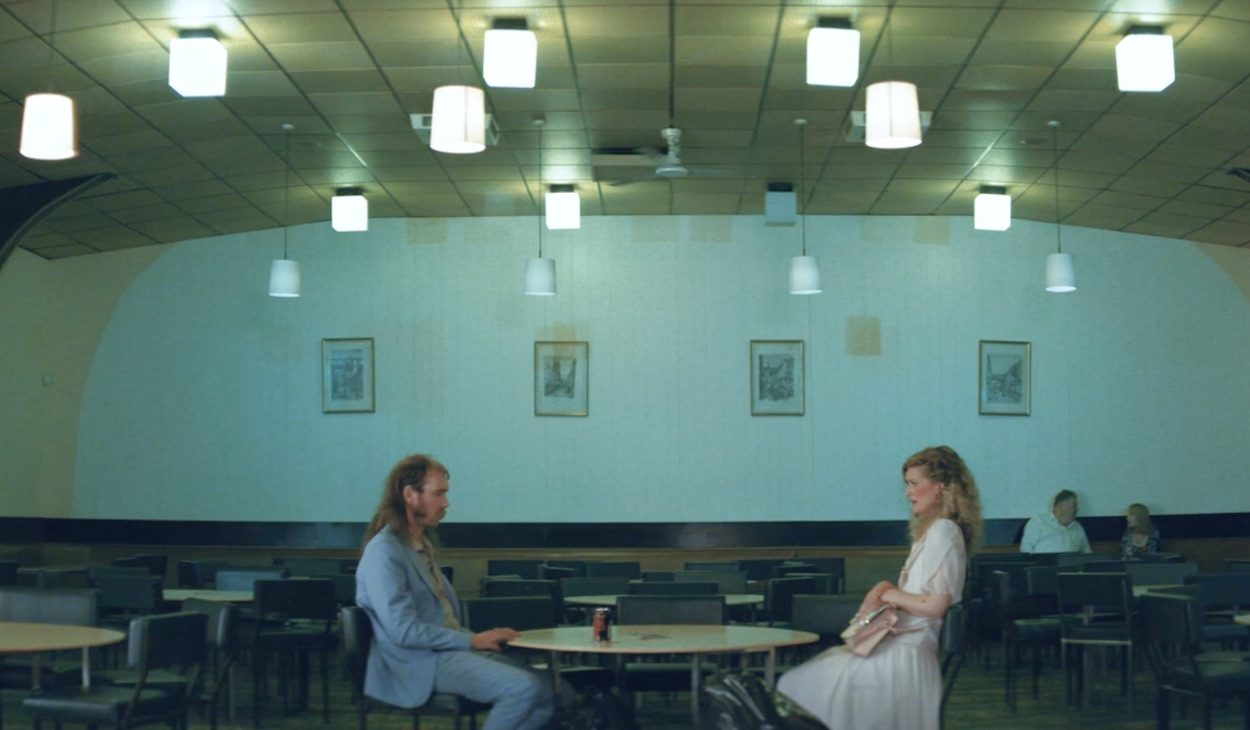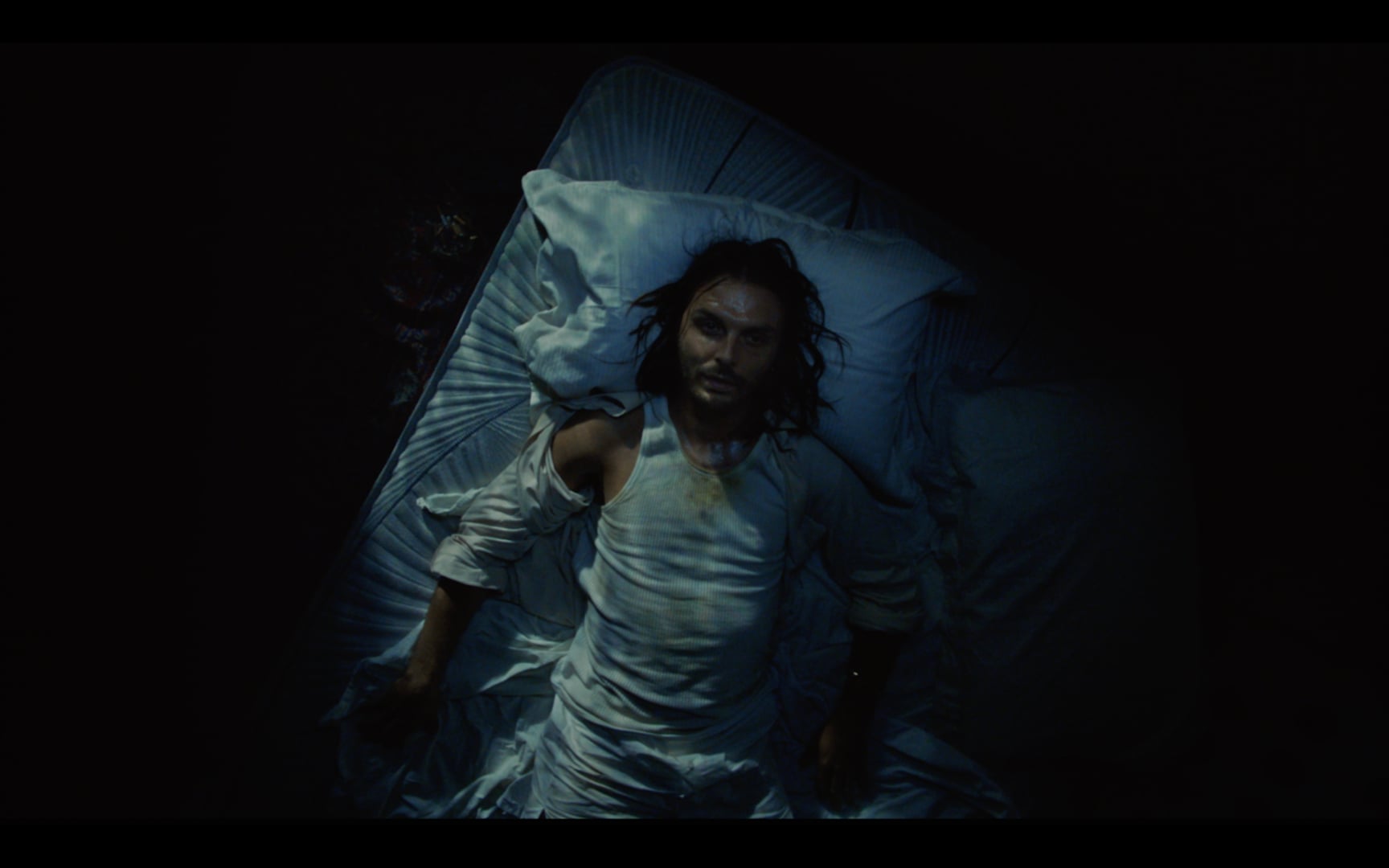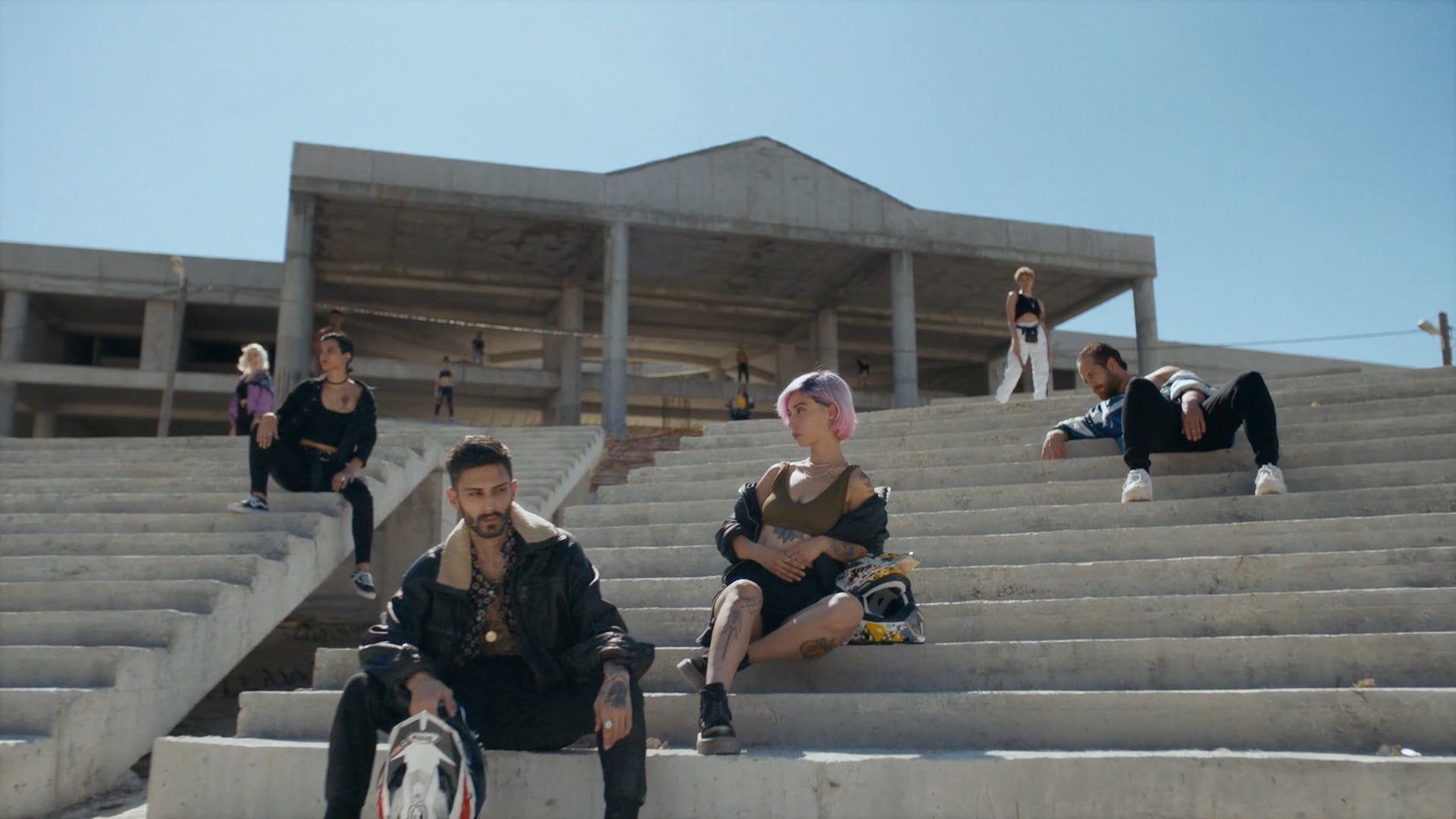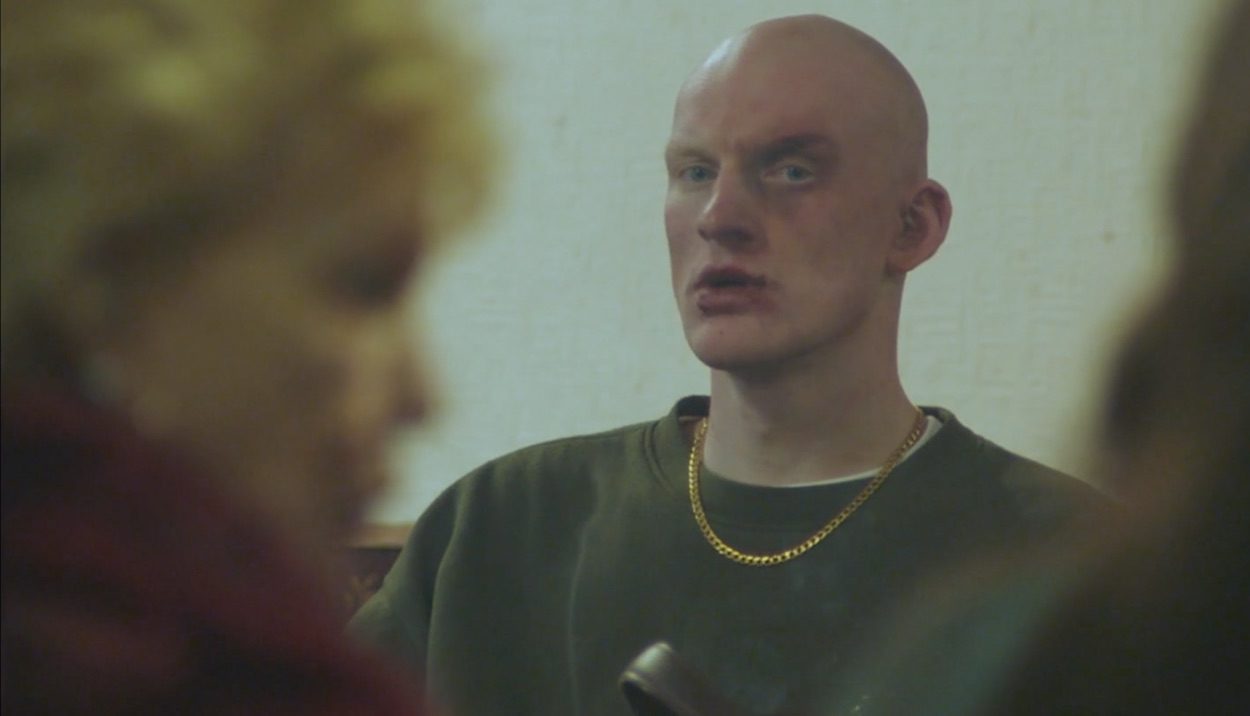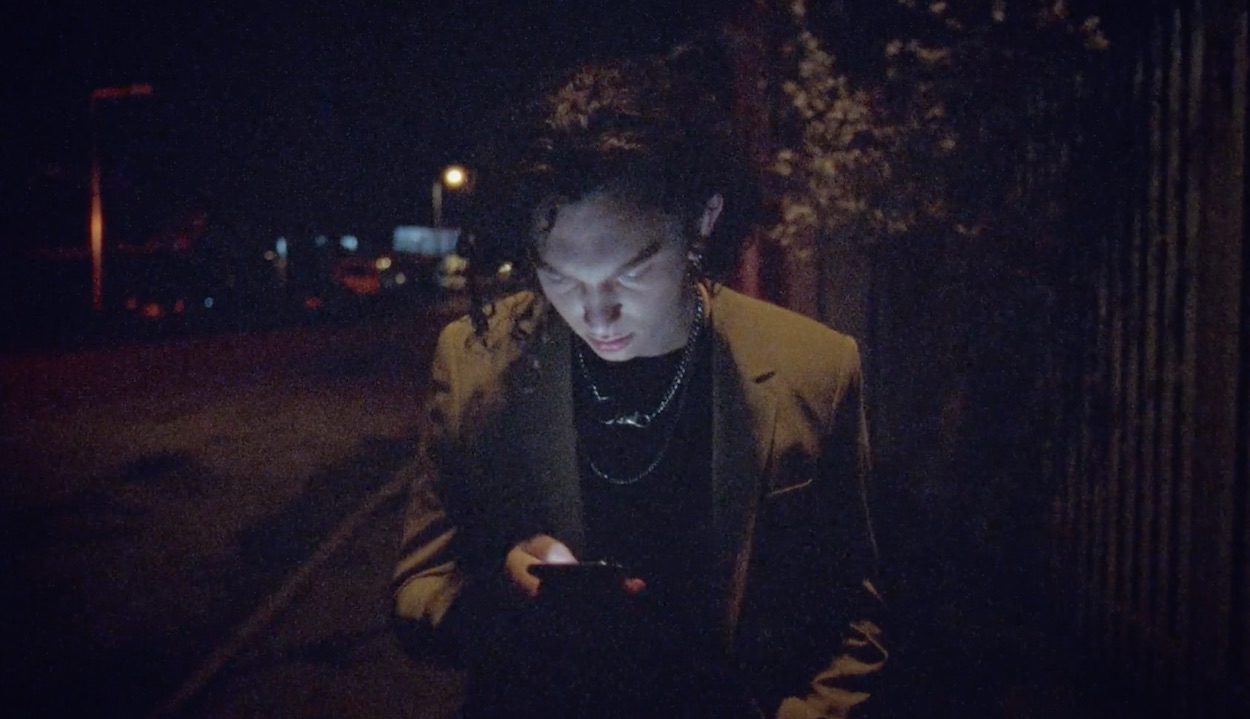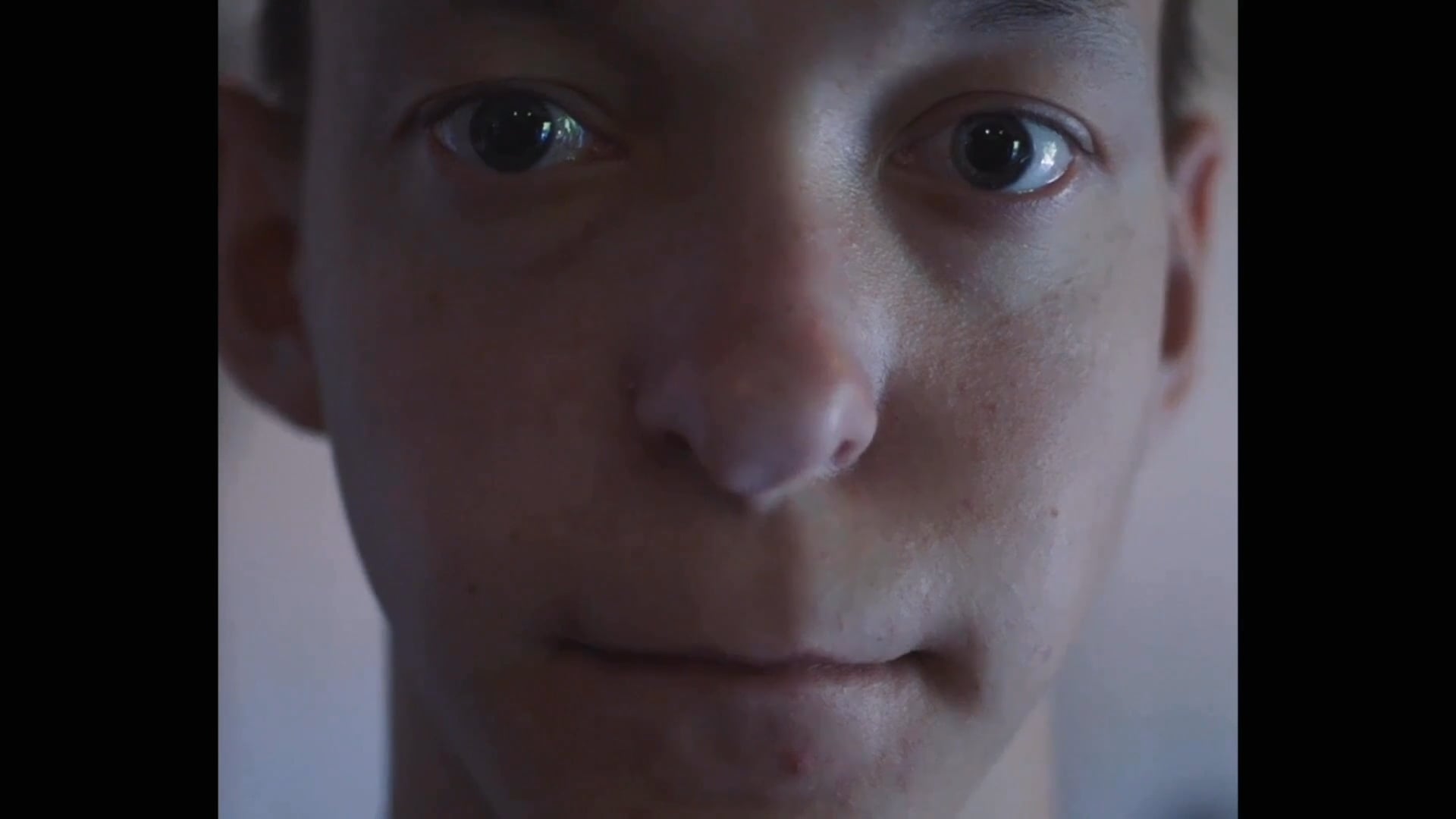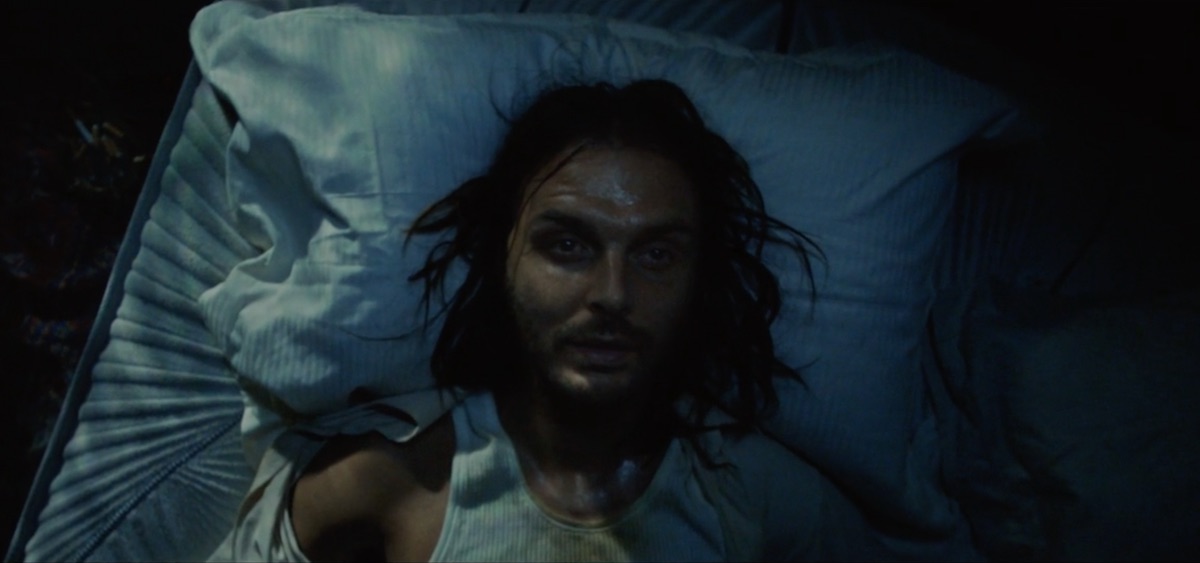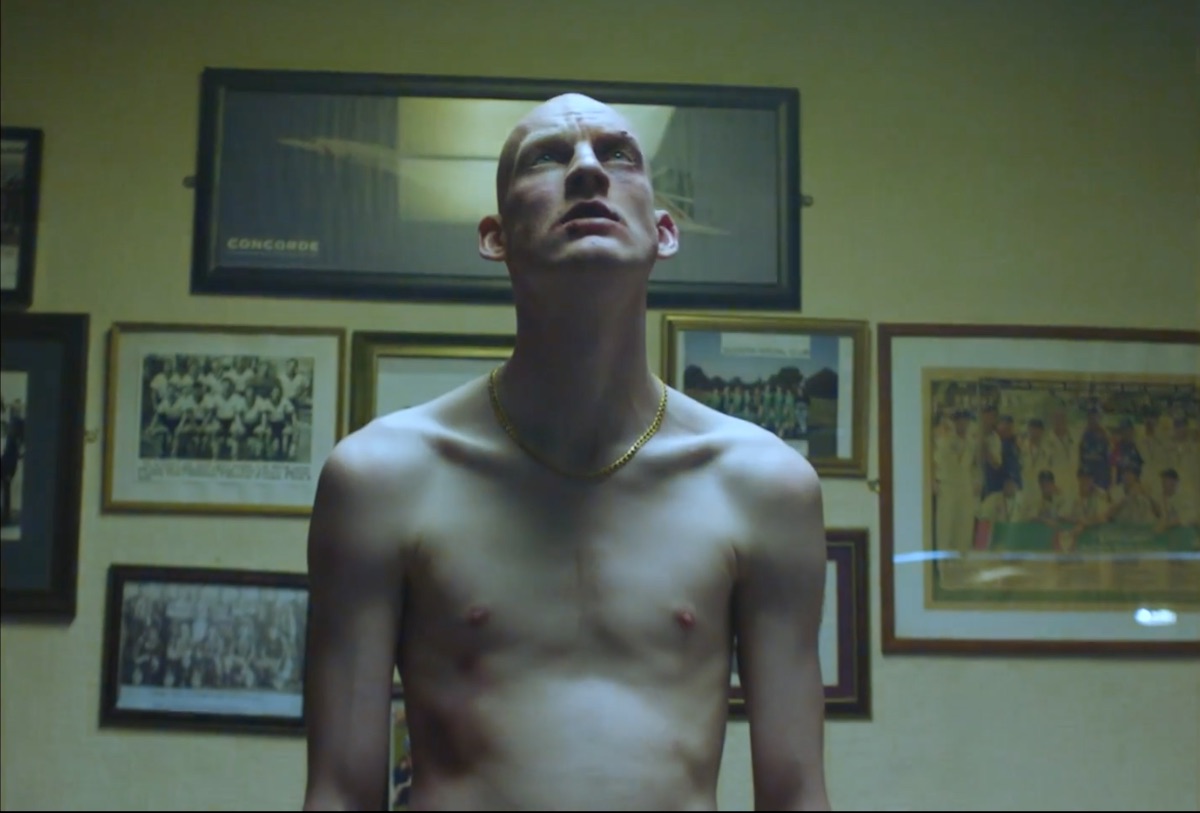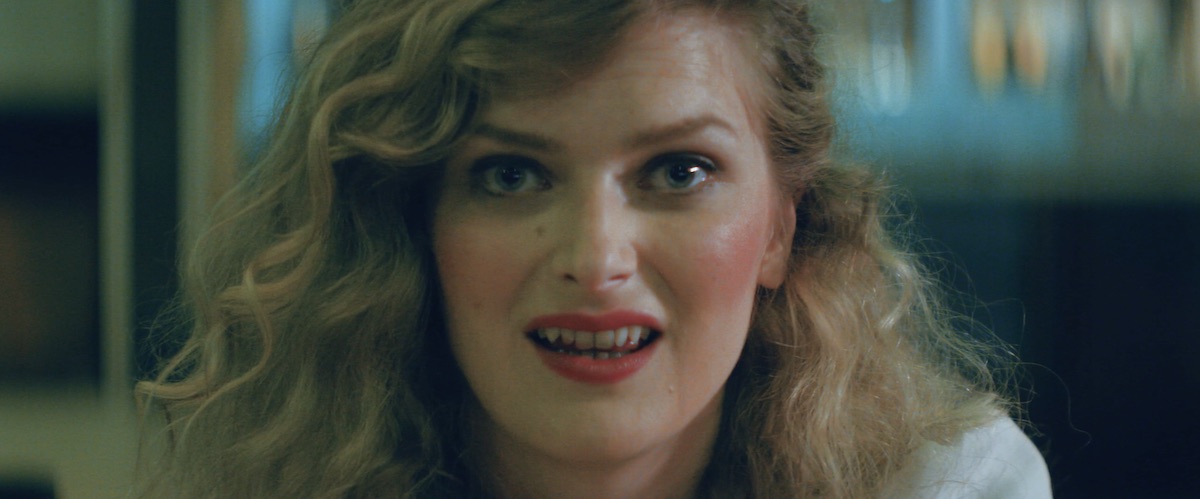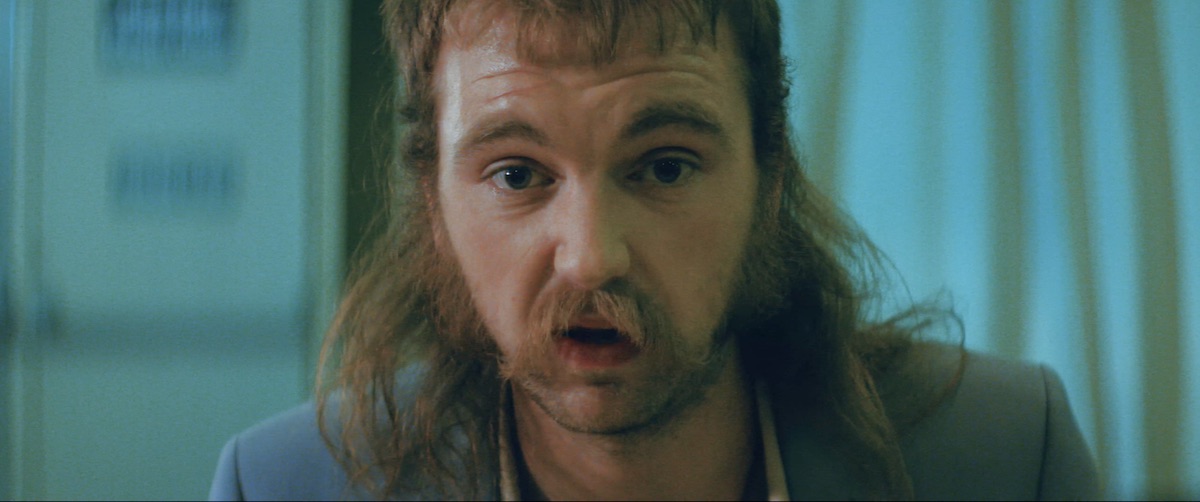Hurts, Somebody
You both hail from Manchester – can you tell us a bit about how you met and began working together?
We both loved films from an early age. We took a media studies class in college because it was an easy grade. Incidentally, we really enjoyed pissing about with cameras and trying to cut a story together with the footage – that enthusiasm snowballed until we started directing music videos and shorts in our spare time. We worked in the camera department on TV dramas for a few years before taking the plunge into directing as a career.
What inspired your directing name?
We’re named after our grandmas.
From seaside resorts to working men’s clubs, buffets to bodybuilders, your videos showcase some of the more idiosyncratic – some might say bleak – aspects of British culture. What is it that interests you there, and how far are you influenced by directors such as Andrea Arnold or Ken Loach?
We like Alan Clarke and Lynne Ramsey and several other British directors and we’ve definitely nicked some things from the greats, but in all honesty, we just like those places that we feature in our work and we have a strong connection to them. We grew up in working class areas in the Northwest: social clubs and shitty seaside towns were part of our childhood, they informed us. The people that you meet in those places have very defined characteristics and interesting, strange backgrounds – they’re great people to tell stories about. We don’t always focus on morose subjects, sometimes we make comedies in a similar setting. There’s a rich pool of inspiration in post-industrial towns in the Northwest. They’re dark, strange, funny, glum, irreverent and charming all at the same time. We like giving our own take on the part of the world we’re from.
Pearl City, Down by the Tree
A recurring motif in your work is tortured men who seem to be trying to make their way somewhere and struggling with their inner demons – we’re thinking of Hurts’ Somewhere, Larkins’ Are We Having Any Fun Yet, and Pearl City’s Down By The Tree. Is it coincidence or a theme that you’re drawn to explore through your films?
Don’t know what you’re talking about.
Interpretative dance and movement has become a bit of a trope in music videos, but there’s a freshness to the way it’s used in your work. What role does movement play for you, and do you have any favourite choreographers you work with?
We love the idea of doing a ‘dance piece’ that isn’t necessarily a dance piece. If you can make a dance/movement thing feel novel and throw the audience off-guard, then you’ve done it right. We tend to look for amazing choreographers, then develop interesting ways of covering their movements and housing their performance into a loose narrative so that the movement has more impact when it happens.
Norteños
Let’s talk about your multi award-nominated short, Norteños, which you wrote and directed. Black comedy can be a difficult genre to pull off, but it’s a genuinely funny and shocking watch. What inspired the idea/narrative?
We had no money and wanted an exercise in writing characters and dialogue. We thought an economical solution would be to write something that featured just two characters talking to each other. We landed on the idea of a guy that’s committed a murder and asks his ex-girlfriend to help him cover it up, but they’re both totally inept and ill-prepared for the situation. We love writing arcs in stories and we wanted to make sure that you felt you’d seen a significant part of a bigger story when you watched the film. All the tonal aspects and textures of the film came from our taste and just our impulses when we came to put it together. The film exceeded our expectations and won Best Comedy at 3 BAFTA/Oscar qualifying festivals and got licencing deals with Canal+.
The film is really made by the bored, deadpan delivery of the actors – it’s brilliantly cast. How did you approach casting and how much was scripted versus ad-libbed?
We cast people that we knew and rehearsed quite heavily until we started to feel comfortable with the flow of the conversation and the performances. There was no improvisation, we went in knowing what we were after and didn’t want to veer too far off the path as we knew we wouldn’t have much time to shoot, and the tone we were trying to hit was very specific.
Norteños
Norteños was shot on a micro-budget of £500 – how did you make that work in practice, where did you cut corners and where did you need to spend more? We imagine hiring a bucking bronco took up a big slice of the budget….
Firstly, everyone worked for free, people read the script and liked it and were kind enough to support us by giving us their time – that’s the main reason we were able to keep the cost to £500. The DP was incredibly resourceful and got us everything we’d need to shoot for next to nothing. The biggest expense on the shoot was the bucking bronco, coming in at a breathtaking 250 quid. The rest was spent on food and a donation to the social club that we shot in.
What’s the latest on your next short film with the British Film Institute and your plans for a first feature film?
With the short – we’ll be shooting in March/April next year if the world doesn’t crumble to dust by then. We’re in the process of looking for a producer for our first feature which is a dark, weird coming of age story that takes influence from British and European folklore. We’re also in talks with a few companies about developing Norteños as a TV series.
Interview by Selena Schleh
